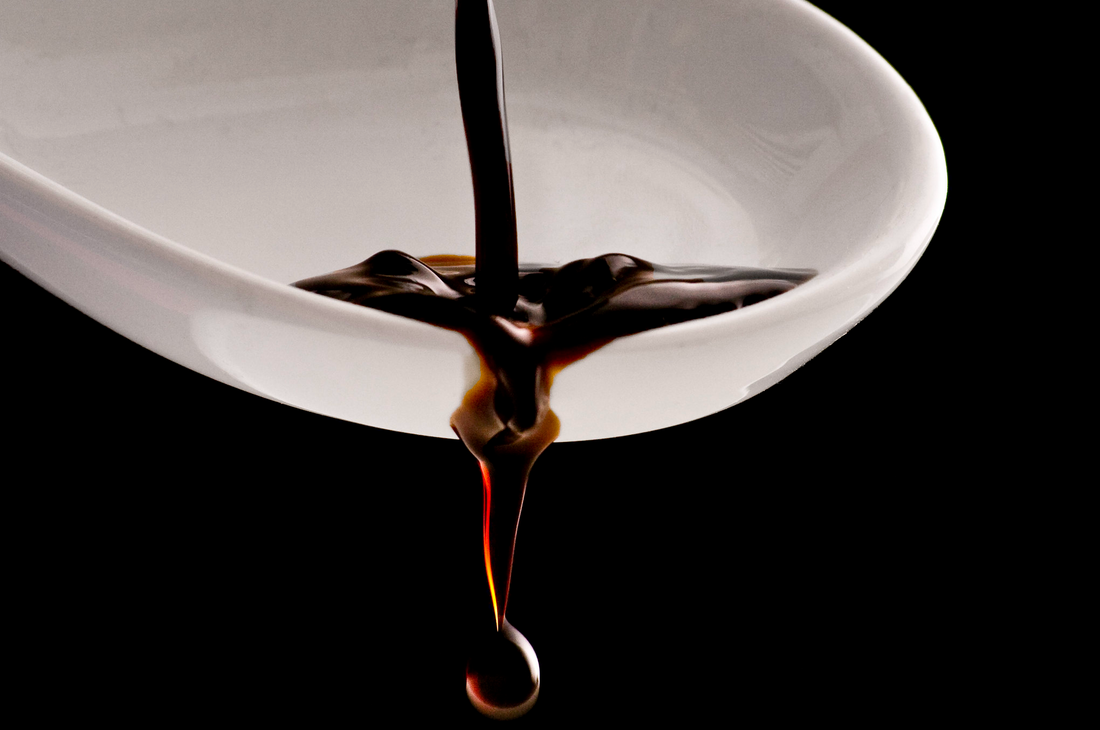
A journey through time: the legacy of Balsamic Vinegar
The tradition of Balsamic Vinegar is deeply rooted in the cultural heritage of Modena an Italian city in the Emilia Romagna region. Its origins date back to around 4000 B.C., when the Babylonians first crafted a rudimentary vinegar from fermented dates, figs and apricots, serving both flavor and preservation purposes. Over the centuries, this versatile condiment spread from the Near East to ancient Greece, where grape cultivation significantly influenced the evolution of wine and vinegar.
Chronicles of vinegar in ancient Rome

In ancient Rome, vinegar was more than just a culinary staple; it was also valued for its medicinal properties and became a common item on tables across the empire. The ongoing quest for refinement in vinegar production generated a variety of flavors, with "Modena vinegars" becoming notably distinguished.
The creation of the traditional Balsamic Vinegar is linked to the age-old art of cooking grape must, a process evidenced by Egyptian paintings from around 1000 B.C. In Roman times, the cooking of must was termed "defrutare," leading to products like sapa, a syrupy cooked must that could be preserved for extended periods due to its high sugar content.
Virgil, in his famous work Georgics (29-19 B.C.), describes the autumnal practice of cooking must over flames to produce a rich, sweet liquid used in various dishes. This concentrated, cooked must laid the foundation for the sweet-and-sour flavors that delighted Roman palates, as highlighted in recipes by therenowned chef Apicius.

Catalysts for this culinary innovation
The popularity of cooked must flourished over time, especially under the patronage of the Este family, who ruled Ferrara and Modena. When they moved their court to Modena in 1598, they brought their esteemed vinegars but soon encountered a local variety that captivated their senses. Balsamic vinegar quickly became a symbol of luxury, aging in the ideal conditions of the Ducal Palace's west tower.
In 1747, the term "balsamic vinegar" was officially documented in the Este court archives. With the Este family's support, Balsamic vinegar gained prestige as a cherished culinary treasure, often presented as a gift to nobility and distinguished figures such as the Count of Moscow and the Emperor of Austria, reflecting its rarity and luxurious status.

Coding and crafting Balsamic Vinegar
The 18th century witnessed increased attention toward Balsamic vinegar, highlighted by figures like Count Giorgio Gallesio and lawyer Francesco Aggazzotti, who clarified the differences between Balsamic and other vinegars. Gallesio's writings emphasized that true Balsamic must result from the careful cooking of must, laying the groundwork for authentic production practices.
Aggazzotti contributed further with two important letters (1860-1862) establishing clear production guidelines, resulting in a "handbook" for Modenese producers and stressing the importance of the Trebbiana grape, which thrives in the hills of Modena and is ideal for crafting this exceptional vinegar.

Balsamic Vinegar in the modern world
Until the Napoleonic invasion of 1796, Balsamic vinegar remained a closely guarded secret, enjoyed exclusively by the Duke and a select few. With the fall of the Este monarchy, it transitioned into commercial production, making it more accessible.
Today, Traditional Balsamic Vinegar of Modena is celebrated globally, having received Denomination of Protected Origin (DOP) status in 2000. The time-honored production methods are safeguarded by strict standards ensuring quality and authenticity.
Balsamic Vinegar has transformed from a simple culinary ingredient into a vibrant testament to Modena’s rich heritage, appreciated around the world for its unique flavor and character.



